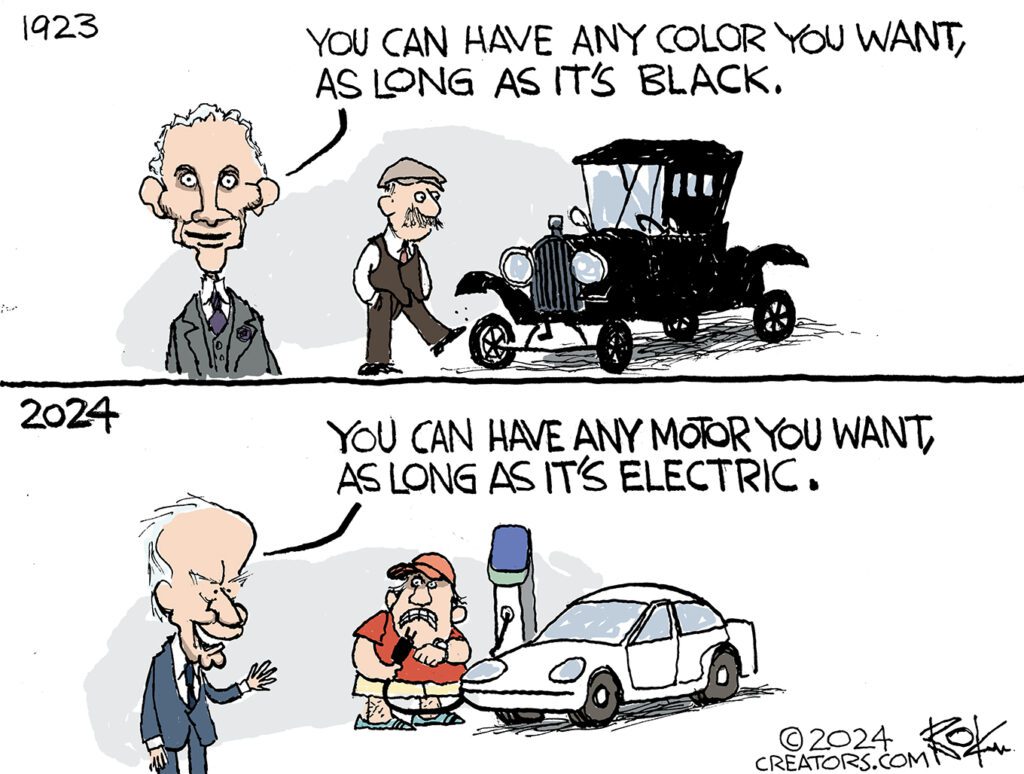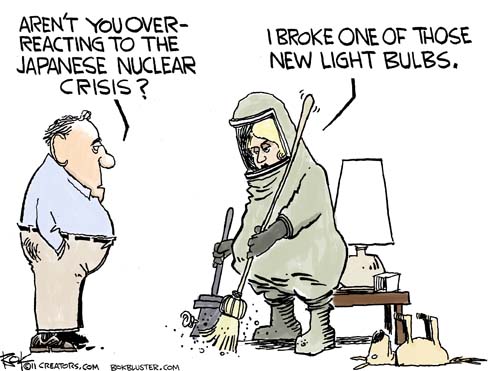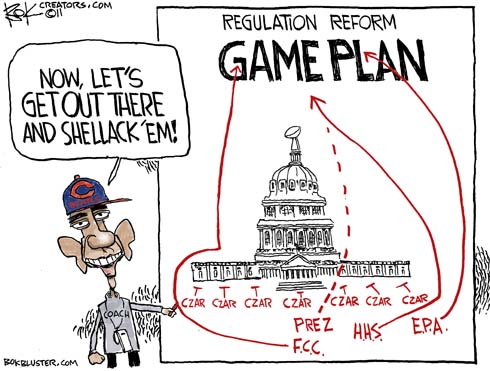Tag Archives: epa
Climate Change
 In a major speech on climate change, the president declared war on coal without congressional, or even U.N., authorization. Instead the EPA will lead the charge against CO2 emissions.
In a major speech on climate change, the president declared war on coal without congressional, or even U.N., authorization. Instead the EPA will lead the charge against CO2 emissions.
Those emissions, by the way, declined in the US over the last 15 years, while soaring world-wide. Global warming has stalled over the same period according to The Economist.
Here’s the blow by blow in the battle for the hearts, minds, and votes of carbon based life forms.
Crucifixion
EPA official Al Armendariz washed his hands of his Roman centurion approach to oil and gas executives.
“They’d go into a little Turkish town somewhere, they’d find the first five guys they saw and they’d crucify them,” Armendariz continued. “And then you know that town was really easy to manage for the next few years. And so you make examples out of people who are in this case not compliant with the law.”
Replacement Fear
Officials are downplaying the risk of radiation from Japan reaching the U.S. so, as a replacement concern, here are the EPA instructions for cleaning up a broken CFL (Curley Federal Lightbulb).
Before Cleanup
- Have people and pets leave the room, and avoid the breakage area on the way out.
- Open a window or door to the outdoors and leave the room for 5-10 minutes.
- Shut off the central forced-air heating/air conditioning (H&AC) system, if you have one.
- Collect materials you will need to clean up the broken bulb:
- Stiff paper or cardboard
- Sticky tape (e.g., duct tape)
- Damp paper towels or disposable wet wipes (for hard surfaces)
- Glass jar with a metal lid (such as a canning jar) or a sealable plastic bag(s)
Cleanup Steps for Hard Surfaces
- Carefully scoop up glass fragments and powder using stiff paper or cardboard and place debris and paper/cardboard in a glass jar with a metal lid. If a glass jar is not available, use a sealable plastic bag. (NOTE: Since a plastic bag will not prevent the mercury vapor from escaping, remove the plastic bag(s) from the home after cleanup.)
- Use sticky tape, such as duct tape, to pick up any remaining small glass fragments and powder. Place the used tape in the glass jar or plastic bag.
- Wipe the area clean with damp paper towels or disposable wet wipes. Place the towels in the glass jar or plastic bag.
- Vacuuming of hard surfaces during cleanup is not recommended unless broken glass remains after all other cleanup steps have been taken. [NOTE: It is possible that vacuuming could spread mercury-containing powder or mercury vapor, although available information on this problem is limited.] If vacuuming is needed to ensure removal of all broken glass, keep the following tips in mind:
- Keep a window or door to the outdoors open;
- Vacuum the area where the bulb was broken using the vacuum hose, if available; and
- Remove the vacuum bag (or empty and wipe the canister) and seal the bag/vacuum debris, and any materials used to clean the vacuum, in a plastic bag.
- Promptly place all bulb debris and cleanup materials, including vacuum cleaner bags, outdoors in a trash container or protected area until materials can be disposed of properly.
- Check with your local or state government about disposal requirements in your area. Some states and communities require fluorescent bulbs (broken or unbroken) be taken to a local recycling center.
- Wash your hands with soap and water after disposing of the jars or plastic bags containing bulb debris and cleanup materials.
- Continue to air out the room where the bulb was broken and leave the H&AC system shut off, as practical, for several hours.
Cleanup Steps for Carpeting or Rugs
- Carefully scoop up glass fragments and powder using stiff paper or cardboard and place debris and paper/cardboard in a glass jar with a metal lid. If a glass jar is not available, use a sealable plastic bag. (NOTE: Since a plastic bag will not prevent the mercury vapor from escaping, remove the plastic bag(s) from the home after cleanup.)
- Use sticky tape, such as duct tape, to pick up any remaining small glass fragments and powder. Place the used tape in the glass jar or plastic bag.
- Vacuuming of carpeting or rugs during cleanup is not recommended unless broken glass remains after all other cleanup steps have been taken. [NOTE: It is possible that vacuuming could spread mercury-containing powder or mercury vapor, although available information on this problem is limited.] If vacuuming is needed to ensure removal of all broken glass, keep the following tips in mind:
- Keep a window or door to the outdoors open;
- Vacuum the area where the bulb was broken using the vacuum hose, if available, and
- Remove the vacuum bag (or empty and wipe the canister) and seal the bag/vacuum debris, and any materials used to clean the vacuum, in a plastic bag.
- Promptly place all bulb debris and cleanup materials, including vacuum cleaner bags, outdoors in a trash container or protected area until materials can be disposed of properly.
- Check with your local or state government about disposal requirements in your area. Some states and communities require fluorescent bulbs (broken or unbroken) be taken to a local recycling center.
- Wash your hands with soap and water after disposing of the jars or plastic bags containing bulb debris and cleanup materials.
- Continue to air out the room where the bulb was broken and leave the H&AC system shut off, as practical, for several hours.








